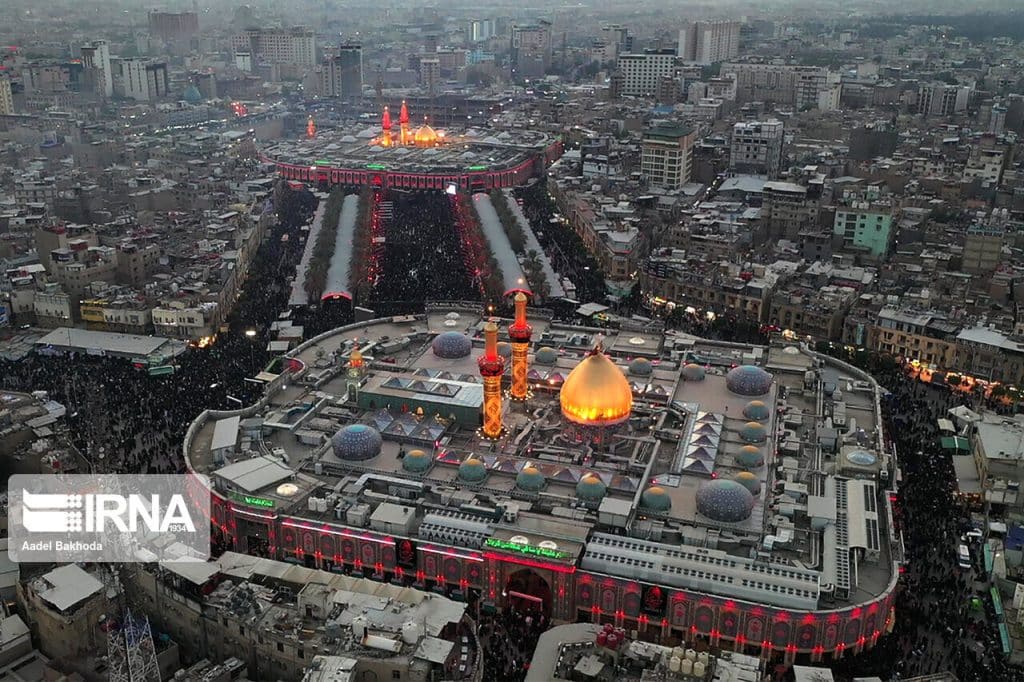The secret of Karbala’s distinction through the lens of a Spanish filmmaker.
Standing and taking steps is the first sign of growing up. The first time we feel our children growing up is the moment we find them walking. It is as if standing and taking steps is the beginning of the first stage of growth. Taking steps is a seemingly simple and uncomplicated verb that does not require much learning, but until old age and exhaustion, it is a sign of human durability and health.
Taking steps, however, also carries meaning at a higher level. There is an inextricable link between taking steps and change and transformation. Just as the moment of revolution is always remembered with the collective movement of a united people towards a common destination. Even in the language of poetry, we remember the beginning of transformation mainly by taking steps; taking steps that carry mysticism, politics, community, and taste in their backpacks. So it is not surprising that religious rituals also rely on marching and taking steps beyond conventional worship. A step that leads worship from an individual dimension to a collective ritual.
The Global Message of Arbaeen: We Can Live Differently
These days, in the scorching heat of Iraq, millions of lovers of the Imam of the Free World, Hazrat Sayyid al-Shuhada (AS), walk for kilometers to the shrine of this Imam. Their gathering establishes an unparalleled social system in which all humans help each other without any sense of meaning. In such a way that the organization of thousands of processions, opening the doors of homes, and competing to serve the Hussaini pilgrims has become part of this tradition. A tradition that contradicts the logic of the hedonistic, profit-seeking, and individualistic world that dominates the world around us and invites humans to a new way of living in which equality, mutual choice, and shared destiny prevail.
Although in the last two decades and after the fall of the Iraqi Ba’athist regime, the centuries-old tradition of the Arbaeen pilgrimage has been revived and is celebrated more magnificently each year, other examples of religious walking traditions can be found in other human societies. Among Spanish-speaking Christians, the Camino de Santiago and the Camino de Guadalupe are among these.
The path is the destination itself; from Santiago to Guadalupe
The Camino de Santiago is crowded every year during the hot summer months, and especially during Holy Week (the week leading up to Easter), with Spanish pilgrims outnumbering foreign travelers. The route leads them to the magnificent cathedral of Santiago de Compostela, in northwestern Spain.
The largest Christian pilgrimage route in Europe, the Camino de Santiago, has attracted thousands of pilgrims since the Middle Ages, seeking a unique experience. The Camino de Santiago is not only one of the oldest, but also one of the holiest, and is part of the three great routes that have emerged in the history of Christianity. Today, after Rome, it is the most visited pilgrimage destination in all of Europe, attracting nearly 200,000 pilgrims on foot each year.
In the heart of Mexico City, people from all over Latin America flock to a sanctuary that has been a beacon of faith and hope for centuries: the Shrine of Guadalupe.

